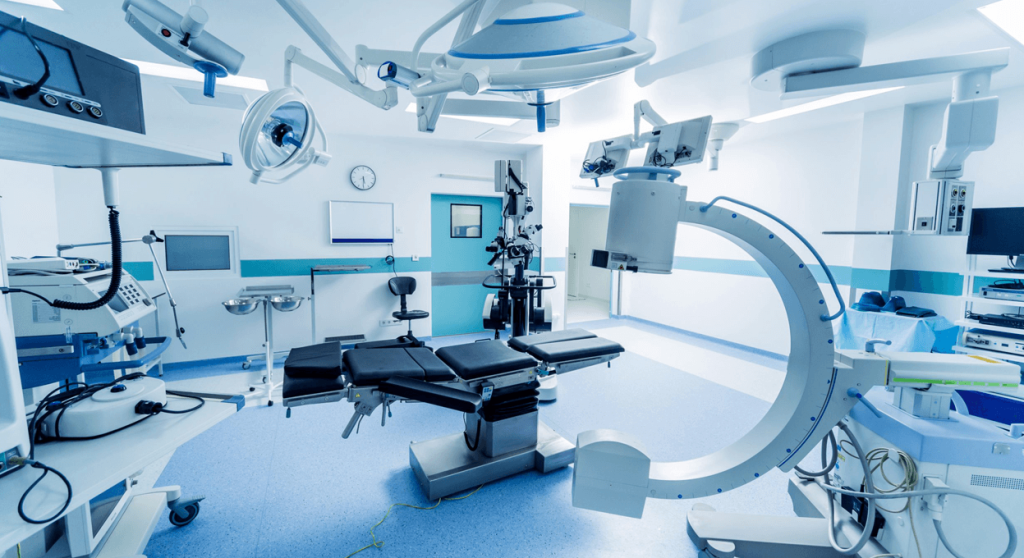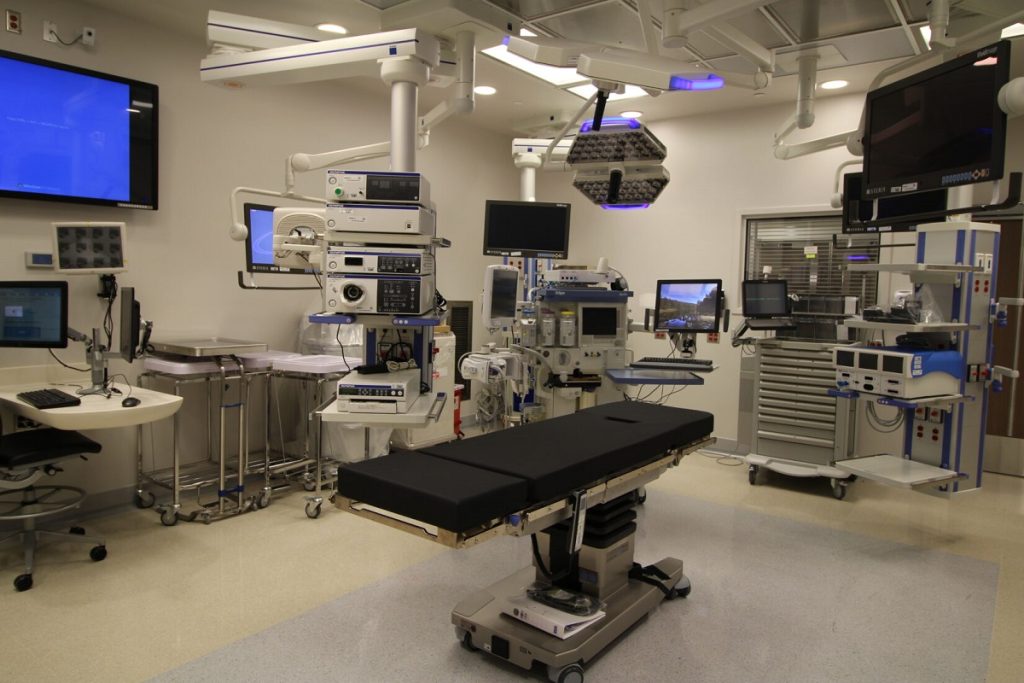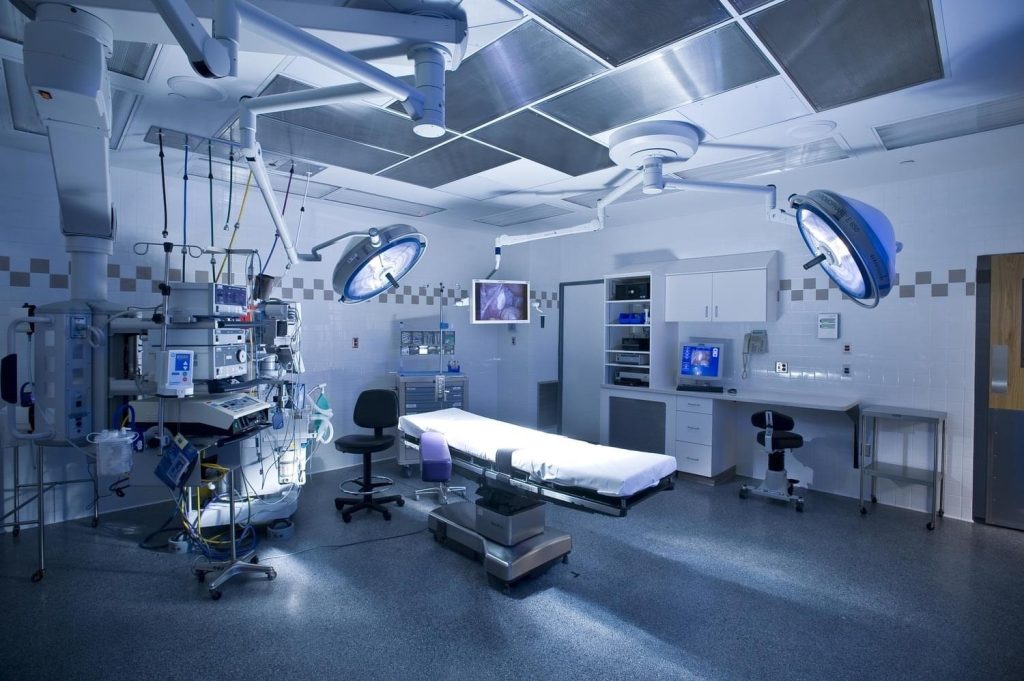There is no doubt that the process of purchasing medical equipment can be long and complex. Therefore, medical equipment planning is crucial for healthcare facilities, such as hospitals and surgical centers, that strive to maintain a high standard of healthcare quality. But what about purchasing medical devices and equipment when building a new hospital or renovating an existing facility? When should medical equipment planning discussions begin? This article will provide a detailed insight into medical equipment planning in hospital construction projects and its importance.
Medical Equipment Planning Process
Medical devices and equipment are fundamental components of healthcare delivery. Equipping healthcare facilities requires precise planning and prior coordination to ensure that clinical needs and equipment requirements align with appropriate design and functionality. The ultimate goal of planning is to ensure that all selected products are fit for purpose, within the allocated budget, and purchased, delivered, and operated according to the medical institution’s construction program.

Stages of Medical Equipment Planning
Medical equipment planning involves several stages, including equipment assessment, budgeting, equipment selection, defining technical specifications, and equipment procurement. These steps consider the required technology level, programmatic planning goals, and available budget. Each project is unique, and the first step is to understand the medical institution’s strategy and scope to determine equipment needs, as follows:
1- Equipment Assessment
- Auditing existing equipment, both large and small, to evaluate its efficiency in terms of performance and cost.
- Preparing a list of responsibilities that defines tasks related to planning, purchasing, receiving, and installation.
- Evaluating the efficiency and usability of current equipment.
- Determining the possibility of reusing or relocating equipment to other sites.
- Preparing a list of new equipment and estimating the initial budget.
2- Budget Preparation
- Each facility has different financial needs, so interviews are conducted with departments to understand equipment preferences, concerns, and priorities.
- Reviewing architectural designs to identify elements that may affect equipment functionality or staff operations.
3- Defining Equipment Specifications
Once specifications are finalized, bidding documents are prepared, and a list of potential suppliers is created.
4- Procurement
- Purchasing medical devices and equipment is the most expensive phase of medical equipment planning and must be done at the lowest possible cost while considering priorities and needs.
5- Receiving and Logistics
- Coordinating with architects and contractors to ensure the safe delivery and timely installation of equipment.

Understanding Medical System Requirements
System coordination is a key factor in hospital design, especially with the ongoing evolution of digitization. Systems such as lighting, alarm devices, and ventilation must all function in perfect coordination to ensure a safe and efficient operational environment. Additionally, advanced medical equipment and surgical tools require precise environmental conditions depending on their usage. Factors such as humidity and temperature must be optimally controlled while ensuring that systems support infection control requirements, which are critical for patient safety during treatment.
Key Considerations When Purchasing Medical Equipment
- It is preferable to select equipment that comes with maintenance services and warranty contracts, as these often provide added value for a minimal additional fee.
- Room design should be jointly planned by experts, contractors, and healthcare teams to ensure optimal space utilization.
- Medical equipment planning helps evaluate institutional needs and ensure compliance with local regulations.
- Choosing suppliers with a proven track record of providing direct on-site services and ensuring precise delivery.
- Regulatory laws should be considered, and compliance with local and international regulatory standards should be verified when purchasing equipment.
- Planning for equipment delivery and installation during non-peak periods ensures minimal disruption to medical operations.
- Involving relevant departments that will use the equipment daily in the purchasing process ensures that equipment meets their needs.
- Biomedical engineering teams must inspect and test equipment before final acceptance and conduct electrical safety tests before signing contracts.
Challenges in Planning Healthcare Facility Equipment
Medical equipment is highly complex and constantly evolving. Its installation requires specialized knowledge of design standards, precise installation measures, and the necessary environmental conditions to ensure optimal performance. These requirements impose multiple design challenges, along with the need to handle logistical complexities while minimizing overall costs. Below are the key challenges related to medical equipment planning in new hospitals and ways to overcome them.
1- Technological Challenges
Technological challenges represent the first step in identifying issues associated with hospital equipment planning. Equipment planners must determine technological requirements as early as possible to ensure smooth implementation. Key aspects to consider include:
- Actual size: What is the size of the equipment? What are the required dimensions for the treatment room?
- Weight: Is the equipment heavy? Does the floor structure need additional reinforcement?
- Accessibility: What are the access requirements for medical staff, patients, and maintenance teams?
- Facilities and services: What facilities are required (electricity, water, ventilation, etc.)?
- Integration with Electronic Health Records (EHR): Is additional software needed?
- Risks: Are there any specific risks associated with this equipment?

2- Equipment Procurement
- The challenges of procuring equipment involve several aspects, such as identifying suppliers, negotiations, maintenance contracts, and equipment delivery.
- Equipment planners must purchase auxiliary devices and determine installation requirements and costs.
- They should also develop a plan for protecting and storing equipment before installation, as hospitals may not have adequate storage space for equipment assembly before installation.
3- Project Management
- Given the limited time allocated for equipment installation, project management must be professionally handled by equipment planners or project managers.
- This task requires specialized expertise to ensure adherence to deadlines, minimize disruptions, and control costs.
- Any delays in installation can be costly, making comprehensive coordination at each stage essential to avoid unexpected setbacks.
4- Challenges of Equipment Proximity
Determining the locations of medical devices and equipment relative to one another is essential to ensuring proper performance and avoiding interference. For example, hybrid operating rooms contain large imaging systems that must function seamlessly together, allowing doctors to provide patient care in one location.
5- Managing Complex Logistics
- The implementation of new medical technologies requires meticulous planning at all levels.
- Planning begins from the pre-design phase through to the construction phase.
Conclusion
Opening a new hospital is a significant milestone for any organization. Healthcare providers worldwide face an increasingly competitive environment. With continuous technological advancements, healthcare institutions must keep pace with these changes through proper medical equipment planning while considering the costs and other factors discussed in this article. If you own a medical center or hospital and are planning to purchase medical equipment, contact HSI Center, pioneers in biomedical engineering and healthcare solutions, and we will assist you in planning medical equipment for your healthcare institution.
Source: Hospital Medical Equipment Planner